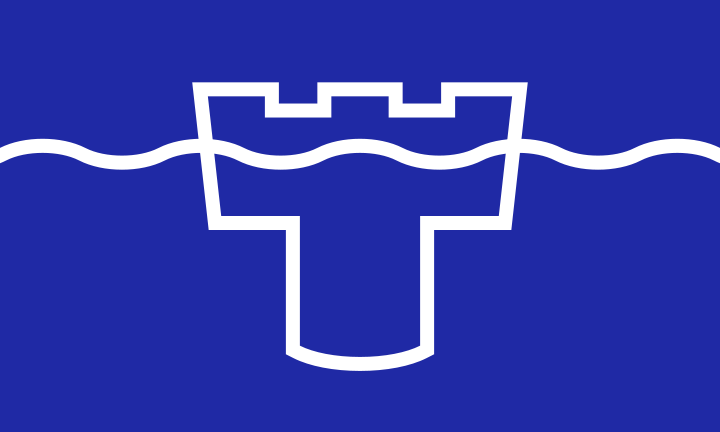Visit Explore London
Visit Explore London
 About - Tyne and Wear
About - Tyne and WearConstituent country - England
No. of Areas - 5
Population - 1,136,371
Area - 538 km2
Pop. Density - 2,105 km2
Official Website - https://www.tynewearlieutenancy.org.uk/
Tyne and Wear is a metropolitan county in North East England, encompassing areas such as Newcastle, Sunderland, and Gateshead. Here are some key facts about Tyne and Wear:
Formation: Tyne and Wear was created in 1974 as one of the metropolitan counties under the Local Government Act 1972. It was formed from parts of the historic counties of Northumberland and Durham.
Population: As of the 2011 census, Tyne and Wear had a population of around 1.1 million people, making it one of the most densely populated areas in the United Kingdom.
Cities and Towns: The county includes five metropolitan boroughs: Newcastle upon Tyne, Sunderland, Gateshead, North Tyneside, and South Tyneside.
Newcastle upon Tyne: Newcastle is the largest city in the county and is known for its vibrant nightlife, iconic bridges (like the Tyne Bridge), and cultural landmarks such as Newcastle Castle and the Angel of the North.
Sunderland: Sunderland is known for its industrial heritage, particularly shipbuilding. It's also home to the University of Sunderland and has a strong sporting tradition, with the Stadium of Light being the home ground of Sunderland A.F.C.
Gateshead: Located on the southern bank of the River Tyne opposite Newcastle, Gateshead is famous for landmarks like the Sage Gateshead music venue and the Baltic Centre for Contemporary Art.
North and South Tyneside: These boroughs encompass areas such as Whitley Bay, Tynemouth, and South Shields. They feature picturesque coastlines, historic sites, and vibrant communities.
Transport: Tyne and Wear has an extensive public transportation network, including the Tyne and Wear Metro, which connects many areas within the county.
Economy: Historically, Tyne and Wear was heavily reliant on industries such as shipbuilding, coal mining, and manufacturing. While these have declined, the region has diversified its economy into sectors such as digital technology, healthcare, and education.
Culture: The region has a rich cultural heritage, with numerous museums, art galleries, theaters, and music venues. The NewcastleGateshead Quayside area is particularly renowned for its cultural attractions.
Sport: Tyne and Wear has a strong sporting culture, with football being particularly popular. Newcastle United and Sunderland A.F.C. are two of the most prominent football clubs in the area.
Education: The county is home to several universities, including Newcastle University, the University of Sunderland, and Northumbria University, which contribute to its academic and research reputation.
These facts capture some of the essence and significance of Tyne and Wear as a metropolitan county in the UK.